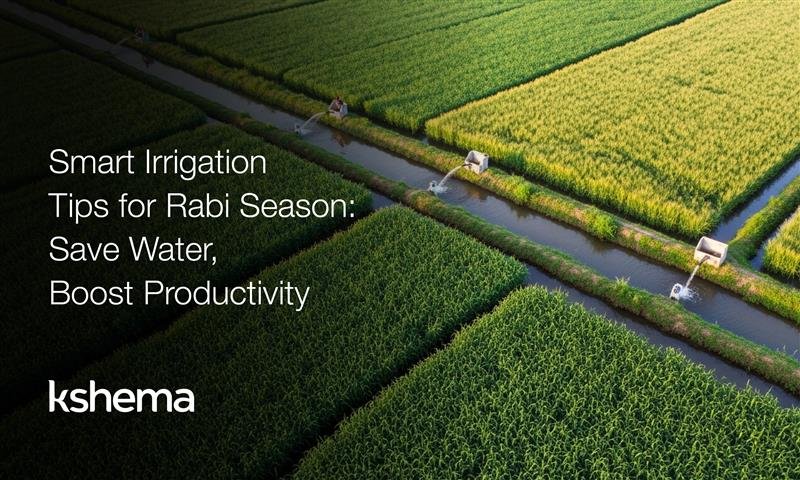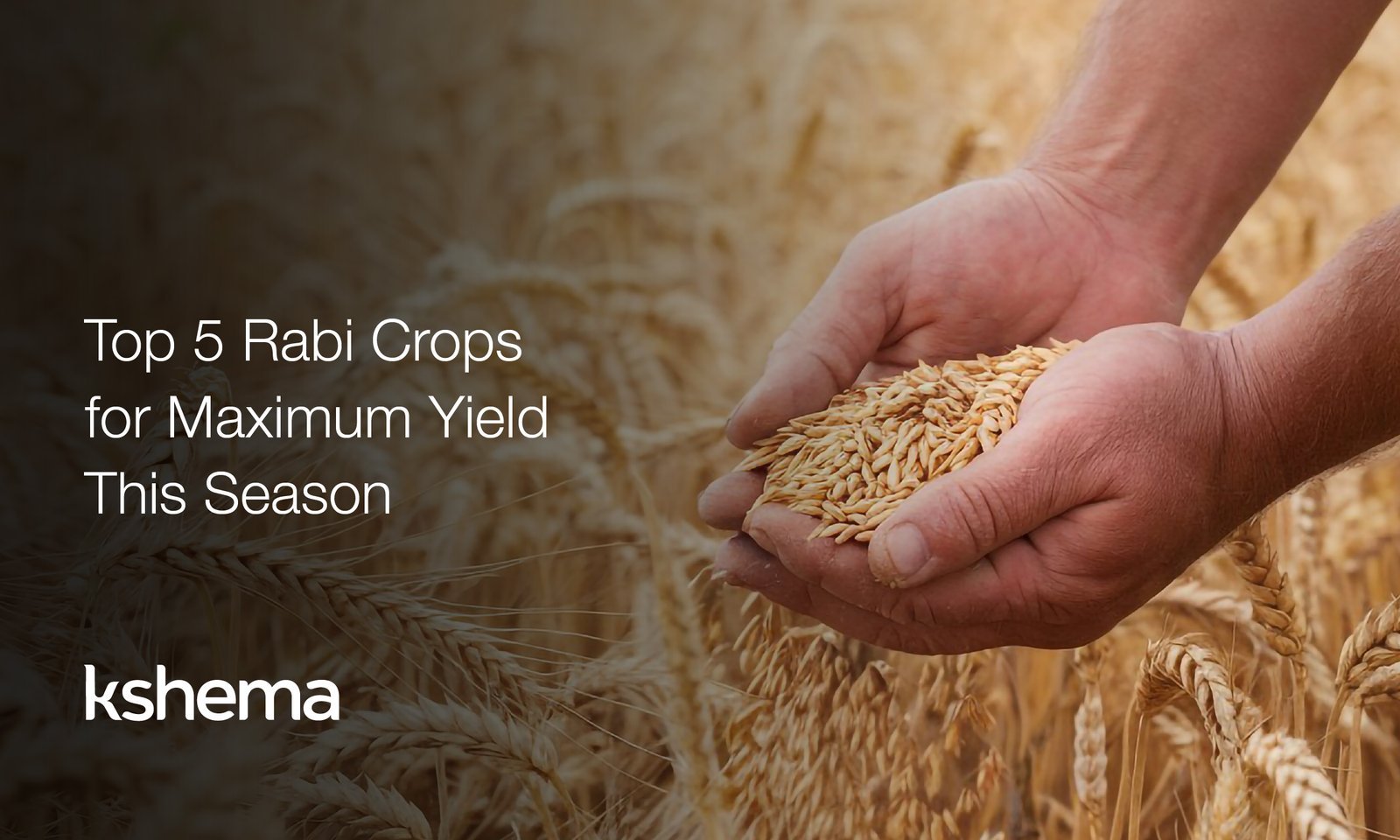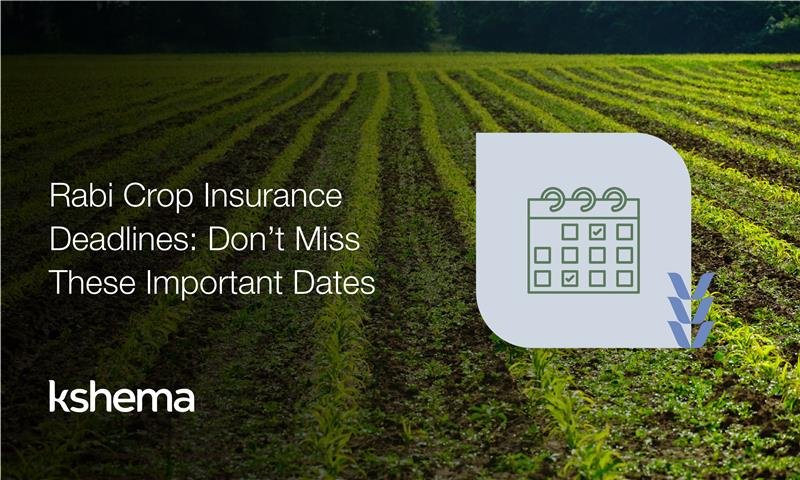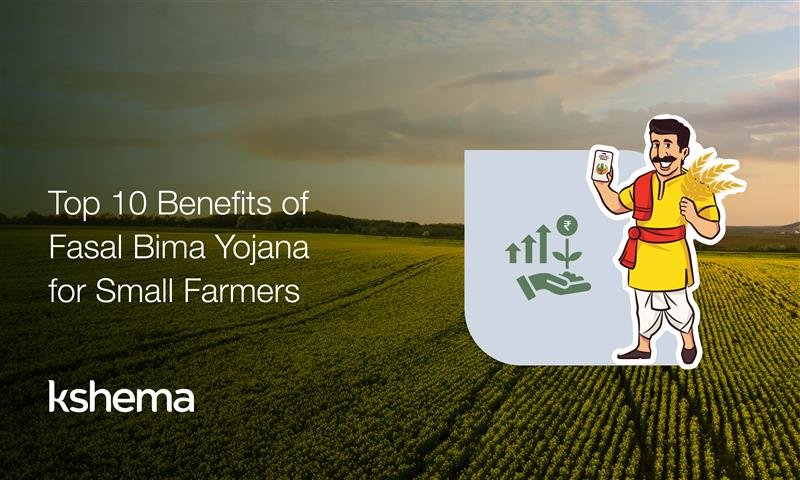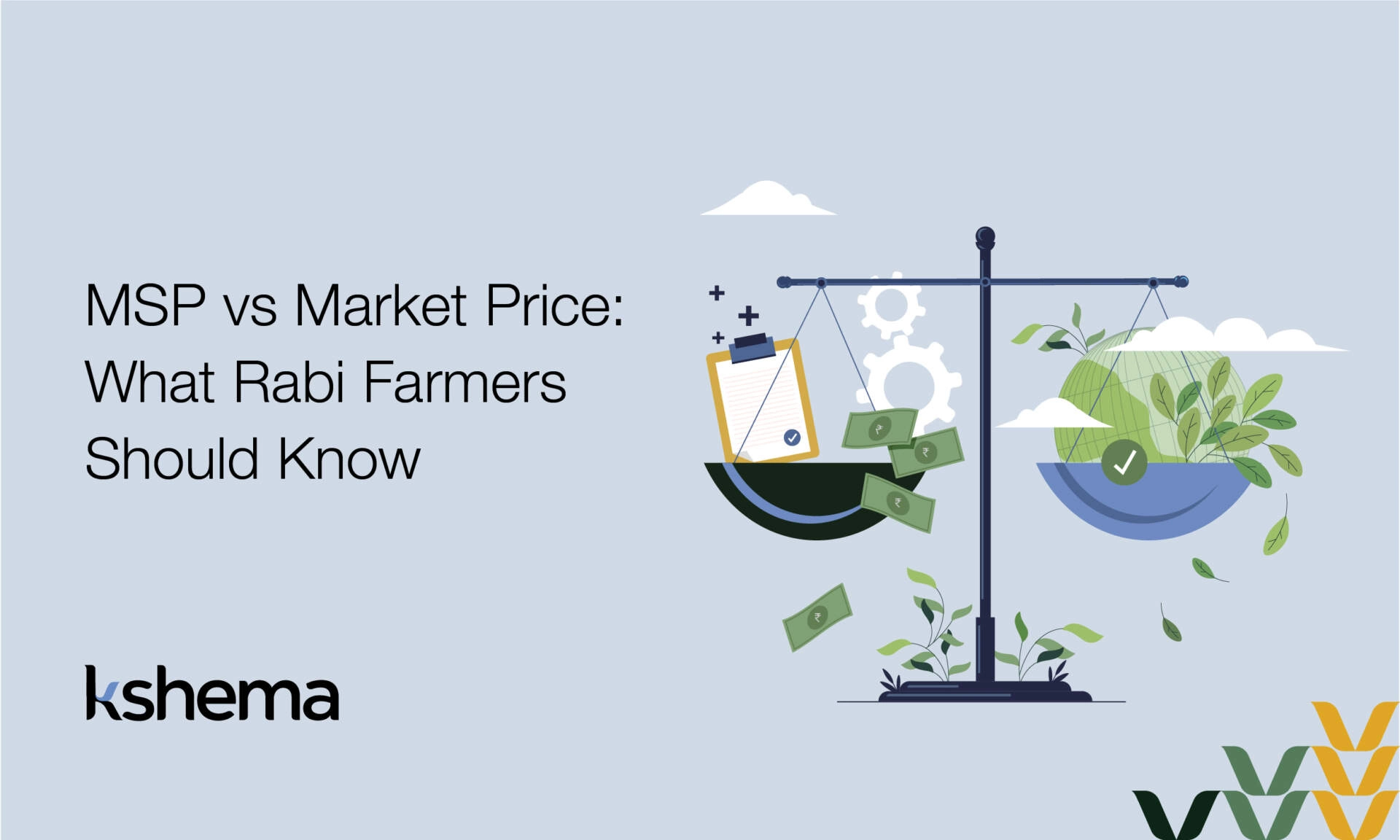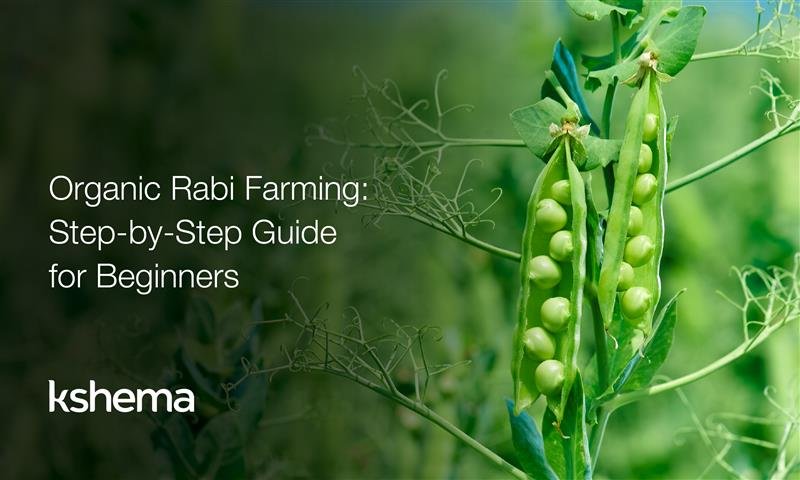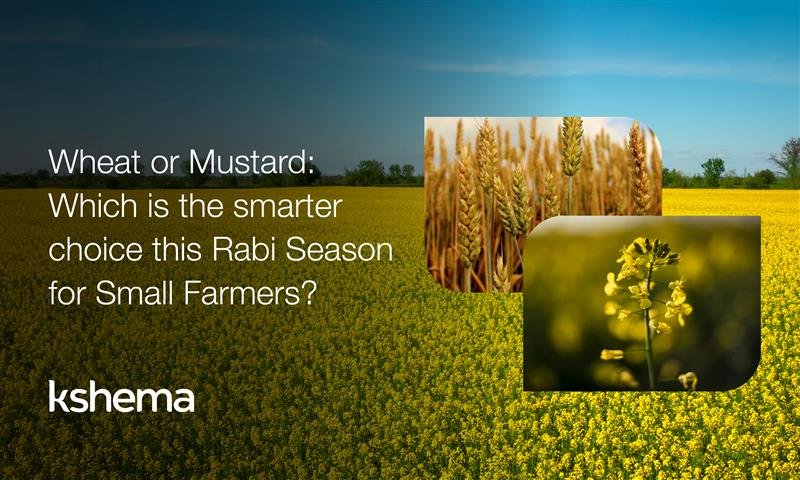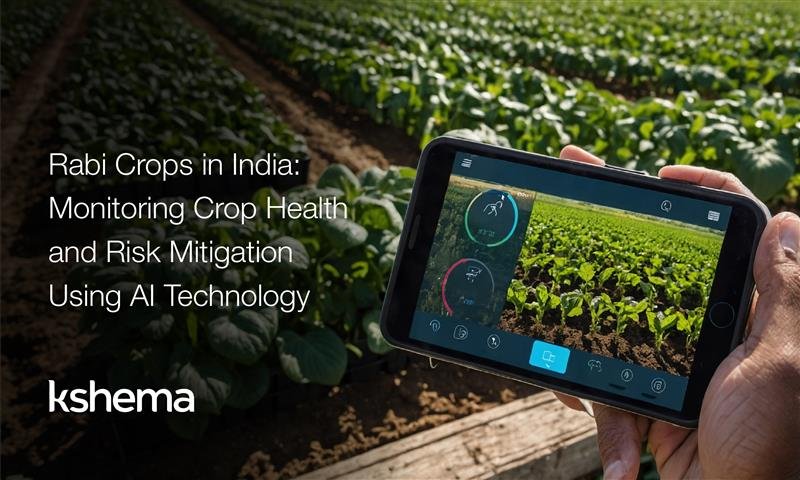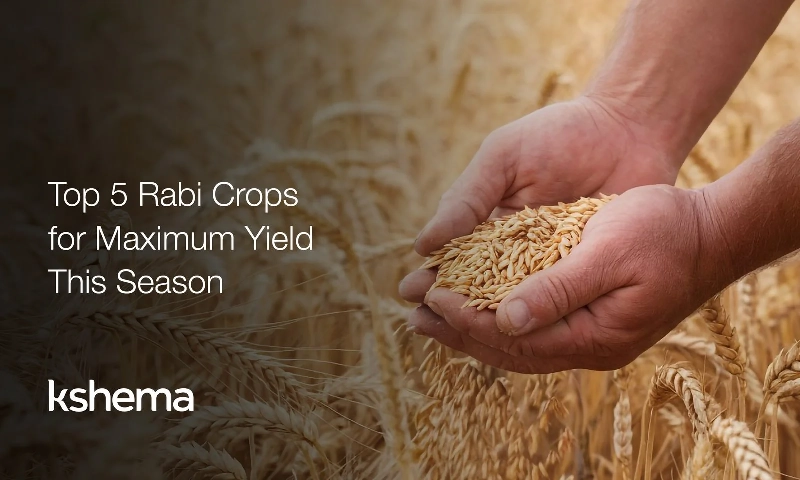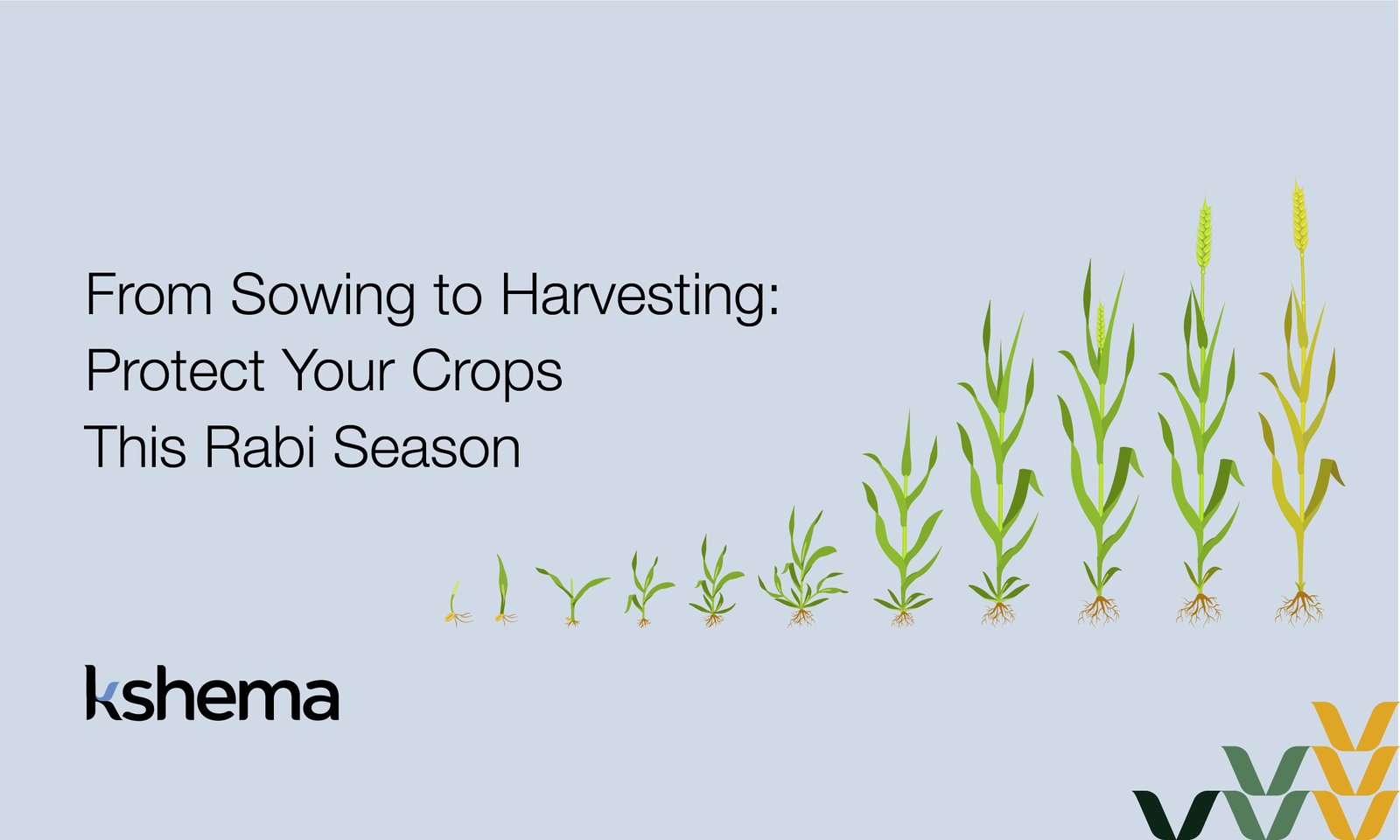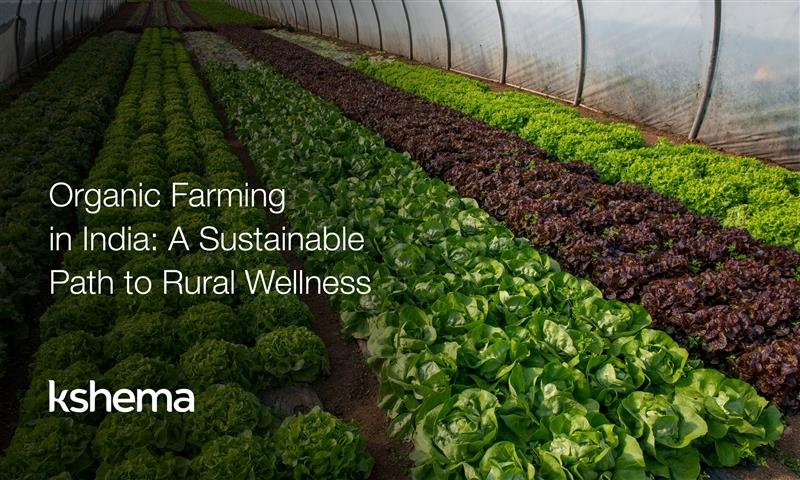9 Smart Irrigation Techniques for Rabi Season: Save Water & Boost Crop Yield
Why Smart Irrigation Matters in Rabi Season
- Efficient water usage
- Improved crop health
- Reduced input costs
- Higher yields per acre
1. Know Your Crop’s Water Requirements
- Wheat: 4–5 irrigations during its lifecycle
- Mustard: 2–3 irrigations
- Chickpeas: Minimal irrigation in rainfed areas
- Lentils: Light irrigation at flowering and pod formation
2. Use Soil Moisture Sensors
- Preventing over-irrigation
- Reducing water wastage
- Enhancing root development
- Improving fertiliser uptake
3. Adopt Drip and Sprinkler Systems
- Ideal for mustard and vegetables
- Saves up to 60% water
- Reduces weeds and erosion
- Suitable for wheat, barley, pulses
- Ensures uniform distribution
- Works well on uneven terrain
4. Schedule Irrigation Based on Weather Forecasts
- Rainfall predictions
- Temperature trends
- Humidity levels
- Wind speed
5. Mulching to Reduce Evaporation
- Reduces evaporation
- Suppresses weeds
- Regulates temperature
- Improves soil structure
6. Laser Levelling for Uniform Water Distribution
- Up to 30% water savings
- Better fertiliser efficiency
- Enhanced germination
7. Use Irrigation Scheduling Apps
- Crop type
- Soil texture
- Weather data
- Growth stage
8. Rainwater Harvesting and Farm Ponds
- Reduces groundwater use
- Emergency supply during dry spells
- Improves water table recharge
9. Crop Rotation and Intercropping
- Rotate wheat with chickpeas or lentils
- Intercrop mustard with peas or coriander
Kshema’s Role in Supporting Smart Irrigation
Final Thoughts
Smart irrigation is essential for successful Rabi farming in a changing climate. Techniques like drip systems, soil sensors, weather-based scheduling, and mulching help farmers save water and boost productivity. With the right tools and knowledge, every drop can lead to a profitable harvest.
For more insights on sustainable irrigation practices and government-backed initiatives, you can also explore this resource from the Federation of Seed Industry of India: Innovative Options for Sustainable Irrigation.
Frequently Asked Questions: Smart Irrigation for Rabi Season
1.What is the most water-efficient irrigation method for wheat farmers in Telangana during Rabi?
2.How can small and marginal farmers use mobile apps to plan irrigation during Rabi season?
3.Is drip irrigation suitable for mustard and vegetable crops in dry regions like Rajasthan?
Yes, drip irrigation is ideal for mustard and vegetables in dry regions. It delivers water directly to the root zone, saving up to 60% water, reducing weed growth, and improving crop yield. Combining drip systems with mulching further enhances moisture retention and productivity.


